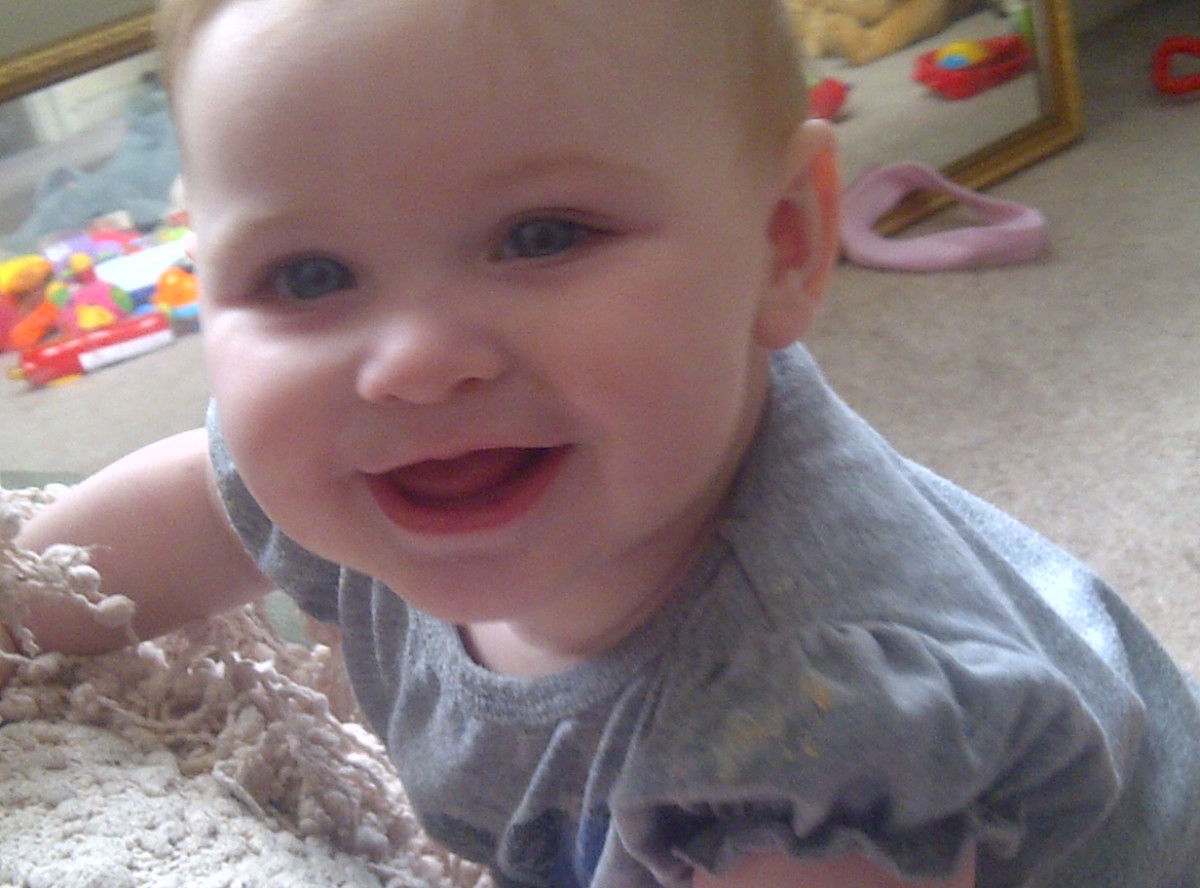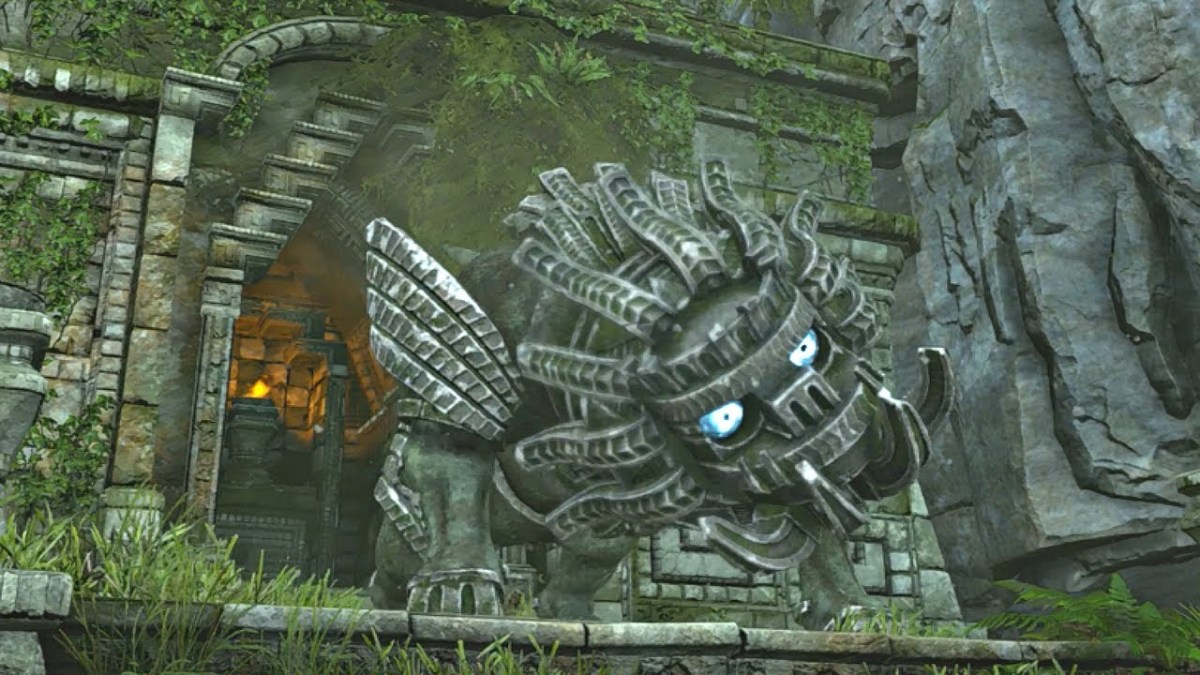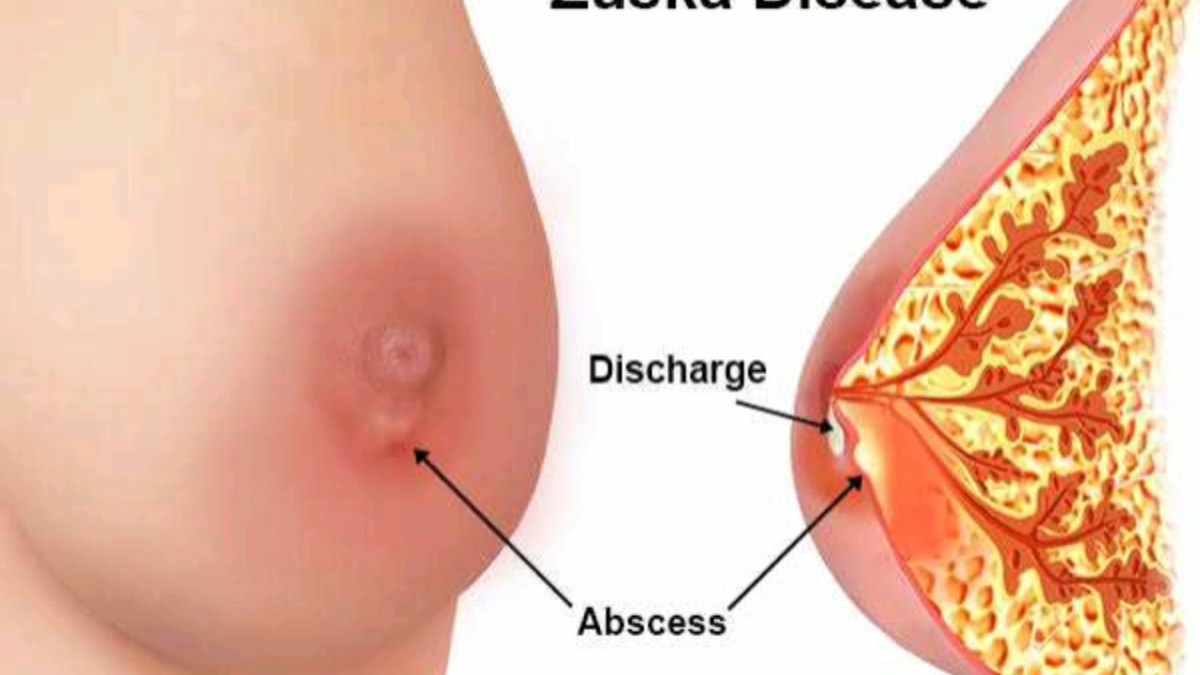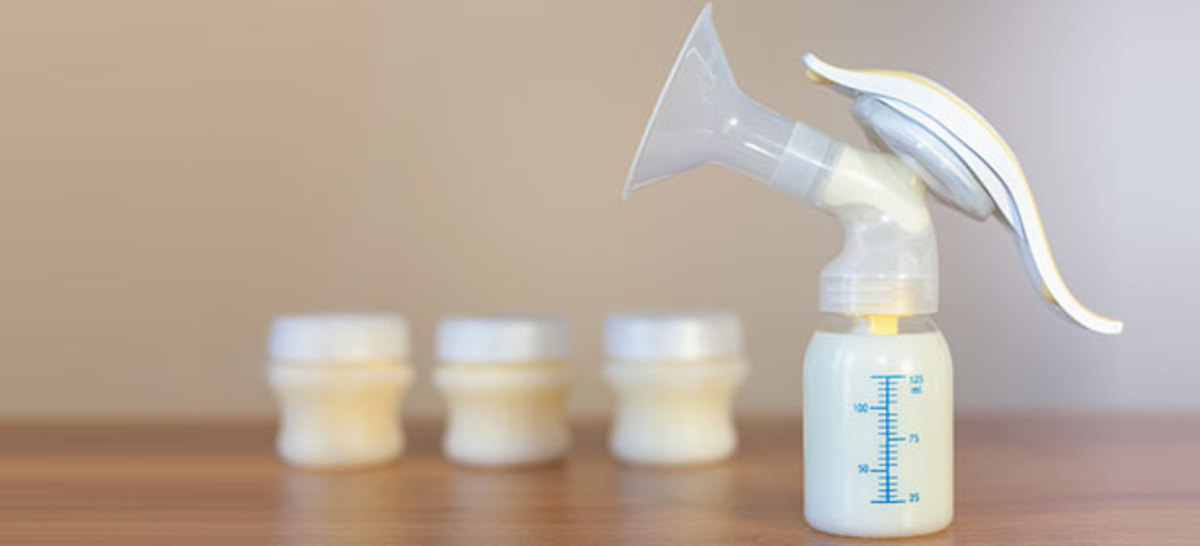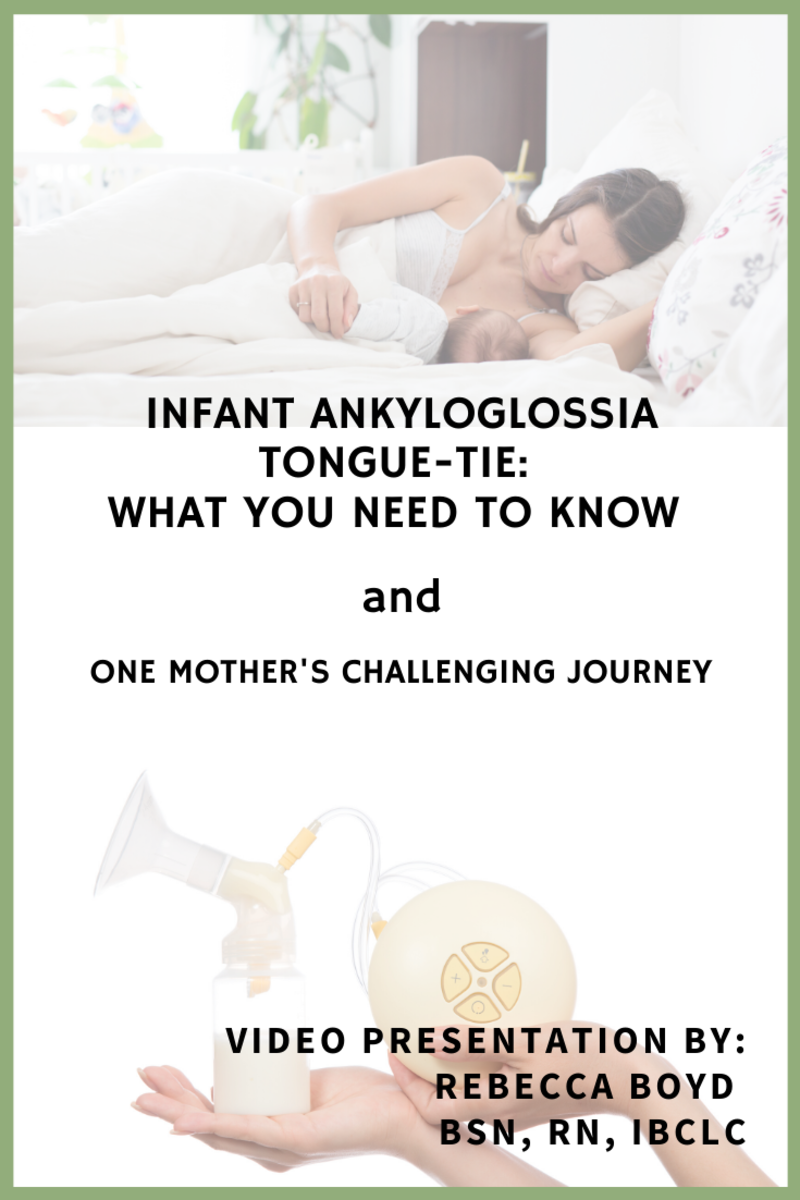How to resolve breastfeeding Issues

There are so many breastfeeding problems out there for new mothers, sometimes it is easy to give up if there is something you can't resolve. Hopefully there are a few of the answers here that may help you.
This Article will be addressing the following breastfeeding problems
Baby refusing to breastfeed
- Wind and Colic
- Calming your baby including Skin to skin contact
- Getting the correct position to feed baby
Problems with Latching on
- Flat or inverted nipples
- Sore and Cracked nipples
- Tongue Tie
- Breast Infections including Thrush
______________________________________________________________
Baby is refusing the breast
Consider the following as to the reasons why your baby is refusing the breast.
- Check Nappy - If your baby has a dirty nappy and your trying to latch baby on the breast he may not be too happy about it and therefore may not want to latch on, change your baby's nappy and start again.
- Calm your baby - A crying baby is not going to latch on, also the action of crying in a baby pulls the tongue upwards and so latching on is going to be difficult. Calm your baby down by soothing him or better still do some skin to skin contact with your baby first. This will help to calm an angry baby, and also prepare him to breastfeed better. Remember to keep calm yourself as babies can sense when you feel tense!
- Wind or Colic - although breastfed babies tend not to get too much wind it doesn't mean that they don't at all! This could be one of the problems, you will need to sit your baby upright with his head supported, keeping the back relatively straight. The wind will come up on its own or if you wish you could rub his back around in circular motions. Better still do some skin to skin with your baby, if you think about it logically baby will get the warmth on his tummy from you directly, (its his own hot water bottle!) and this could possibly shift any wind or colic he may have.
- Baby and Maternal Position - Make sure baby is in the correct position for breastfeeding, in the unit I work in there are mothers who have the best intentions of feeding their baby in a normal hold but they are not supported by pillows or the baby's legs are all over the place, make sure you have your baby close in to you facing towards the breast with his face and body and tuck his legs into you with a blanket, if you and baby are comfortable then baby is more likely to latch on. It is important to keep the baby's body and head facing in the same direction, its no good if the baby's head is facing towards you and the body is pointing up. Its like you trying to lay on your back and drink with your head to the side, bit uncomfortable hey?
Breastfeeding Attachment or Latching on.
Attaching baby correctly is paramount to the success of having a good feed and remaining on for the duration of the feed. If baby refuses or messes about trying to latch on then start again, thinking the whole process through again. Your baby may have a poor latch and just be suckling at the nipple, this is no good as baby could be working hard to try to draw off milk but not getting very much, he will need to latch on with a wide mouth taking in a good mouthful of the darker part of the areola where there are milk ducts underneath, baby can then feed better. See this article for more detailed information Breastfeeding your Newborn Baby
Resolving Inverted nipple problems
- Milk can be expressed by hand or pump and fed to the baby by the use of a cup feed or if it is small amounts of colostrum then it could be given via mouth syringe.
- Steer clear of using bottles, teats or dummies if possible to avoid confusion with your baby to breastfeed.
- Lots of skin to skin contact with your baby will help with milk production, your baby's need to latch on and to help with bonding process.
- Skin to skin contact helps with confidence and the ability to nurture and mother her newborn.
- Some mothers are separated from their newborns especially if they are premature and on special care unit, a mother who wishes to breastfeed her baby from day one can start either hand expressing or using the breast pump to stimulate milk production, and to do this next to your baby in the incubator, the sight and smell of your baby will give you that let down reflex so that you can stimulate effective lactation, if you are on the ward then a photo of your baby will have the same effect.
Problems with Latching on
My baby will not Latch at the breast
There are some common challenges associated with Latching a baby onto the breast and you are going to need plenty of support and assistance if one of the following is affecting the way your baby is latched on.
Flat or inverted nipples
There is some common belief from mothers who think that because they have flat or inverted nipples then they are not able to feed.....not true! Babies don't actually feed from the nipple but from a teat that is formed from the nipple. Two thirds of this is breast tissue and a third is nipple.
- It is proven that skin to skin contact can influence the babies natural and instinctive behaviors to find the breast an attach correctly for themselves-in this case you need a calm and warm environment with minimal disturbance and mother and baby are left to get to know each other.
- The breast tissue becomes more protractile during pregnancy and when the baby starts to feed from the breast, the nipple sometimes becomes everted. It is very hard to determine whether a baby will be able to draw off milk effectively as he/she may not remain latched on for very long.
- Manual stimulation of the nipple will help it become more protractile, rolling or hand expressing,One thing that women do try to do help is to use the
breast pump for a couple of minutes on order to erect the nipple and then to try and latch baby on.
Sore or cracked nipples
Evidence shows that breastfeeding should be comfortable if your baby is correctly attached at the breast, however within the first couple of days of breastfeeding your baby some mothers report discomfort when latching baby on although this subsides as the feed continues.
Sore nipples are caused by
- Poor attachment
- Incorrect use of a breastpump
- Baby being pulled off the breast without prior breaking of the seal
- Incorrect sucking by the baby
- Tongue tie
- Fungal infections of the nipple
- Thrush
- Bacterial infections
- Allergic responses to creams
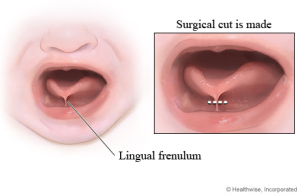
What to do if you have sore or cracked nipples.
Sore nipples can look red, grazed or even cracked and bleeding, there are various ways to try and help.
Re-positioning of your baby on the breast will help, if you have been using the same position for feeding all the time then your nipple may get sore, if you think of that area of skin is just like the skin on your lips and when a baby is feeding it is rubbing the same area all the time and becoming sore. Try a different breastfeeding hold like rugby ball hold, or laying down, check out this information here on one of my other hubs
Tongue Tie/Incorrect Sucking - is where the frenulum that attaches the tongue to the mouth is shorter than normal, this can be rectified with a simple procedure called a Frenulotomy where the frenulum is snipped to allow the tongue to move more freely and feed effectively. This seems a very drastic move to help with breastfeeding but it is very quick and effective if detected early with minimal bleeding. The longer it is left even after a few weeks, bleeding complications can arise .
Nipple Infection or Thrush - A fungal infection such as thrush thrive on moist areas and heat, it can cause severe breast pain and women report it feeling like prickly heat or pins and needles at the nipple area and all over the breast. Check this with your midwife or doctor as there are some antibiotics they can give to you and your baby (usually a gel to smear on the baby's tongue) If you are unsure whether you have breastfeeding thrush infection then your breasts will have a shiny appearance to them and your baby may have some white spots on his tongue or around the mouth.
Breast Pump Use - Try to ensure you have been shown how to use the breastpump correctly, making sure you place the centre of the main plastic piece in line with your nipple, if this is out of line then your nipple will feel too uncomfortable and will become sore, also turn the suction down slightly if it is on high.
Bacterial Infections - Such as confirmed Mastitis or breast abscess needs to be treated with antibiotics and pain killers, it is important to keep feeding off the affected side of the breast or your breasts will become engorged and too painful. The alternative would be to hand express or pump from that side if you cannot tolerate the baby feeding as you will need to draw off the milk each time, it will still be safe for you to feed your baby if you have any of these.
Related Breastfeeding Articles
- Hormones involved in Lactation and milk supply
For many women breastfeeding is not as easy as it sounds and takes some practice. It's a learning curve for both you and your baby. Here this article explains how breastmilk is made and if you are struggling with your milk supply there are a few usef - Breastfeeding your Newborn baby
How do you breastfeed your baby, its sounds easy but it can be quite difficult for some mums and babies. This gives you a step by step account of how to breastfeed.




